A printable version of this recipe can be found here.
Gluten-Free, Sugar-Free and Low-Carb Recipes
All recipes on this site are GF, SF and LC. Sign up for these recipes and more PLUS we'll send you the GF, SF, LC Pantry Checklist, FREE!
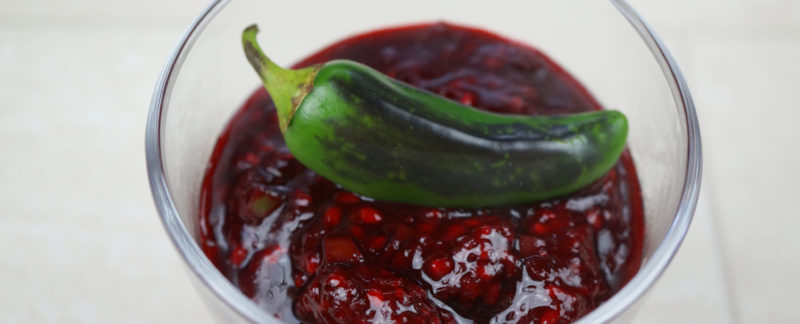
A printable version of this recipe can be found here.
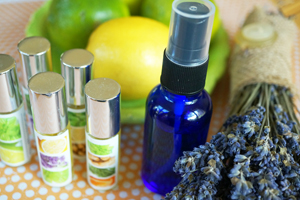
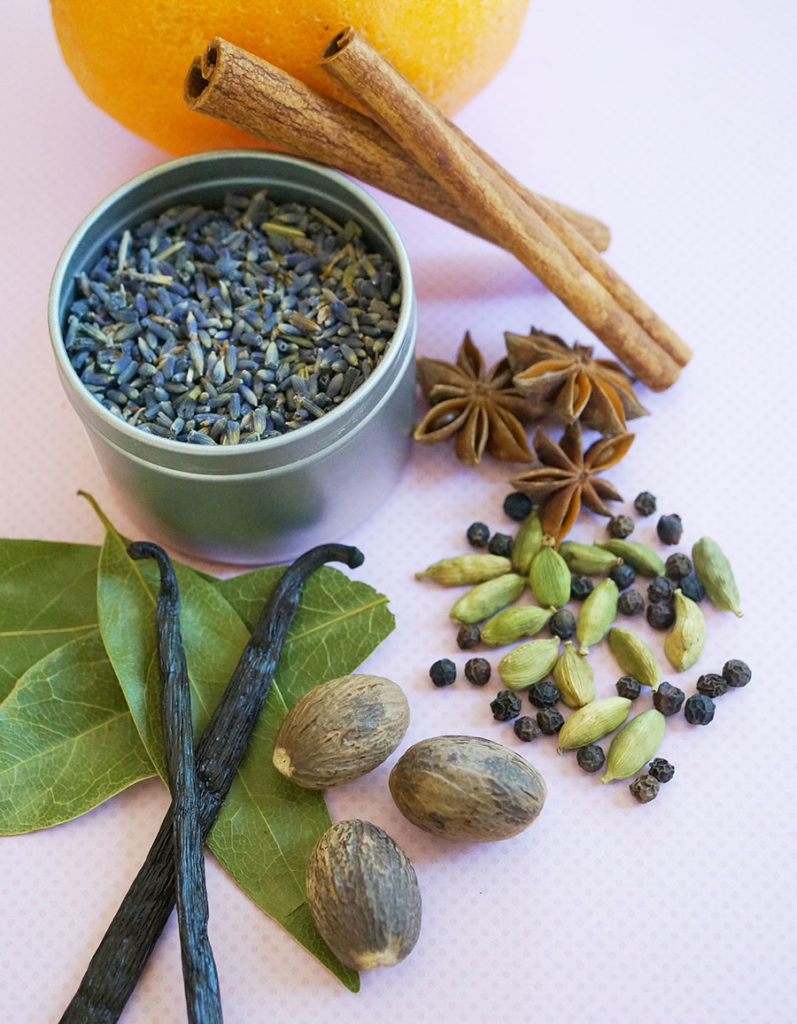 Essential oils are perfect in so many ways but for me as a chef they offer the added benefit of PURE SUPER FLAVOR without sugar or other blood glucose impacting carbohydrates. They simply add so much flavor to your food that your taste buds will be thrilled!
Essential oils are perfect in so many ways but for me as a chef they offer the added benefit of PURE SUPER FLAVOR without sugar or other blood glucose impacting carbohydrates. They simply add so much flavor to your food that your taste buds will be thrilled!
Essential oils have been used in our foods since the dawn of time. Essential oils are consumed every time you eat foods containing common ingredients such as cinnamon, peppermint and citrus. What may surprise you is to learn that these essential oil flavorings are also used in the food industry which started during the Industrial Revolution when advances were made to lengthen the shelf life and flavor of processed foods. But using essential oils for cooking has really only been a phenomenon since the mid-1980’s.
Essential oils are the volatile compounds found naturally in a plant. These include the blossoms, bark, fruit, peel, resin, roots, and wood. They are what gives plants their aroma and flavor.
Essential oils are made by several methods: Steam Distillation, Enfleurage, Expression, Pressure Extraction, Solvent Extraction and CO2 Extraction. All produce pure essential oils though some are preferred for specific types of oils.
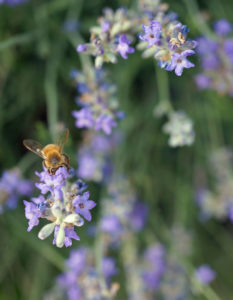 Quality of essential oils for consumption is of utmost importance. They must be therapeutic grade and have a supplement fact label on the bottle. There are no exceptions. Do not consider buying an essential oil for consumption unless both of those criteria have been met.
Quality of essential oils for consumption is of utmost importance. They must be therapeutic grade and have a supplement fact label on the bottle. There are no exceptions. Do not consider buying an essential oil for consumption unless both of those criteria have been met.
The Food and Drug Administration (FDA) affirms that essentials oils are safe to use as flavoring agents and preservatives as long as the ingredients are Generally Recognized As Safe (GRAS).
Essentially this list lets us know that items on it have a history that is well documented for internal safety.
While the essentials oils sold in most health food stores will tell you that they are safe for consumption it is not worth risking your health consuming a product that has not gone to the trouble of labeling their products with a supplement fact label. If it is not meant for consumption this label would not be allowed on the product. Essential oils may be labeled as supplements as long as they are GRAS. It is simply a step that respected essential oil companies make to ensure that their consumer knows they are safe. I personally, would not choose to consume something from a company that has not taken that extra step. Or if a product does not have a supplement label it simply should not be consumed – EVER! Two examples are Eucalyptus and Cedarwood. There is a reason you will never see a supplement label on these products or products that have them as ingredients – for example, a blend of essential oils containing either of these oils. For more information please see the Dietary Supplement Labeling Guide.
So with these three safety tips in mind:
Please only use the following oils for cooking. Oils generally safe for cooking are:

For more information please visit Internal Use of Essential Oils.
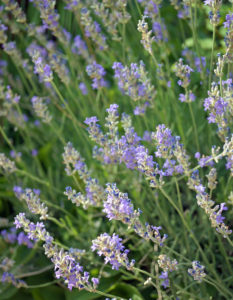 If you have a known sensitivity to a specific plant – do not assume that it is safe or that symptoms will not occur when consuming the same plant as an essential oil. Lavender is a good example. Some people are sensitive to lavender plants. Lavender essential oil is 50-100 times a concentrated as a single stalk of it in your garden. Test any only you are suspicious of by inhaling from an open bottle. If any irritation is noticed it is recommended that you do not use the oil externally or internally. Also keep in mind the smell of any essential oil will be very strong due to its intense concentration. The good news is that you only need 1-2 drops and sometimes only a toothpick dip of the oil when cooking so they will be quite diluted in foods.
If you have a known sensitivity to a specific plant – do not assume that it is safe or that symptoms will not occur when consuming the same plant as an essential oil. Lavender is a good example. Some people are sensitive to lavender plants. Lavender essential oil is 50-100 times a concentrated as a single stalk of it in your garden. Test any only you are suspicious of by inhaling from an open bottle. If any irritation is noticed it is recommended that you do not use the oil externally or internally. Also keep in mind the smell of any essential oil will be very strong due to its intense concentration. The good news is that you only need 1-2 drops and sometimes only a toothpick dip of the oil when cooking so they will be quite diluted in foods.
Remember do not buy essentials oils at your local health food store for cooking unless they have a supplement fact label and are therapeutic grade. I purchase my essential oils from DoTERRA.
I purchase essential oils from DoTERRA because I trust the company and feel they have a strong business philosophy, care for the environment and products that I can stand behind. If you would like to buy the same oils that I use you can purchase them HERE. Note: There are also some great essential oil recipes on the site!
If you would like to learn more about the company visit DoTERRA.
Still Have Questions?
CONTACT ME with questions
There will always be more exciting gluten-free, sugar-free and low-carb recipes and tips for using essentials oils in them here! Please check back often. Or sign-up for my newsletter HERE.
Now That’s Sweet!
Jennifer
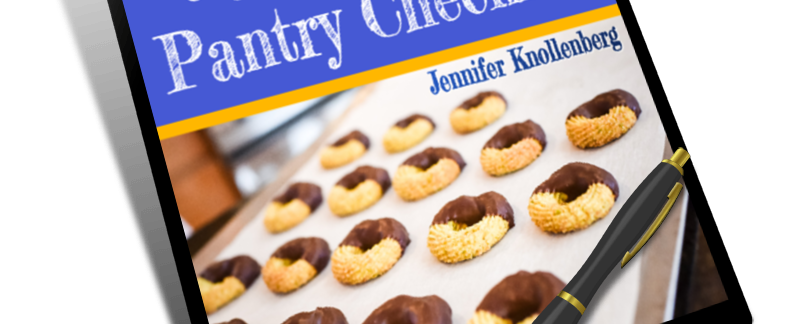
By now you have received your Low-Carb Pantry Checklist for your sugar-free, gluten-free and low-carb pantry. (If not, click here to get it now.)
Part of keeping a low carb pantry is to organize it. Yes, organize. It is too easy to grab something (usually the first thing you see) when you have a craving. To help minimize this, establish one shelf that is designated as “anything goes”. This is especially important if you have children or other people in the house who do not have sugar sensitivities. It is not realistic in a multi-person household to ban all food items from the house – you want people on your team, you want to keep the peace not create a food war by forcing family members into a new way of eating. Lead by example and show them how easy it is for you to do it first.
In my home I have one shelf that is designated as “anything goes”. And I never touch anything on that shelf unless it is unpacking it from the grocery store bags. I know that is the one area to avoid when I am feeling hungry. It allows my family to participate with me without me having to be the gatekeeper for everything in the pantry. As a mother, the “anything goes” shelf is tempered with very few sugary and processed foods. And when there is something that is simply too tempting for me I ask that it is consumed immediately instead of being something that is snacked on at will.
Here is a rundown of all the baking items to keep in/buy for or toss in your sugar-free, gluten-free and low-carb pantry.
So how do you even begin to tackle the problem of clearing out your pantry? It can look very overwhelming and all sorts of feelings will come up around food and lack and cravings while you do this. Of highest priority is to be sure to make sure you are not hungry. Plan to clean out your food pantry and refrigerator on a full stomach, preferably in the morning when you have the most energy and can think clearly. Cravings usually happen in the middle of the afternoon, removing tempting foods is best done before that time.
Next, we are going to tackle your tools and equipment stay tuned for the next post to help you determine what you need or may want in your kitchen…
